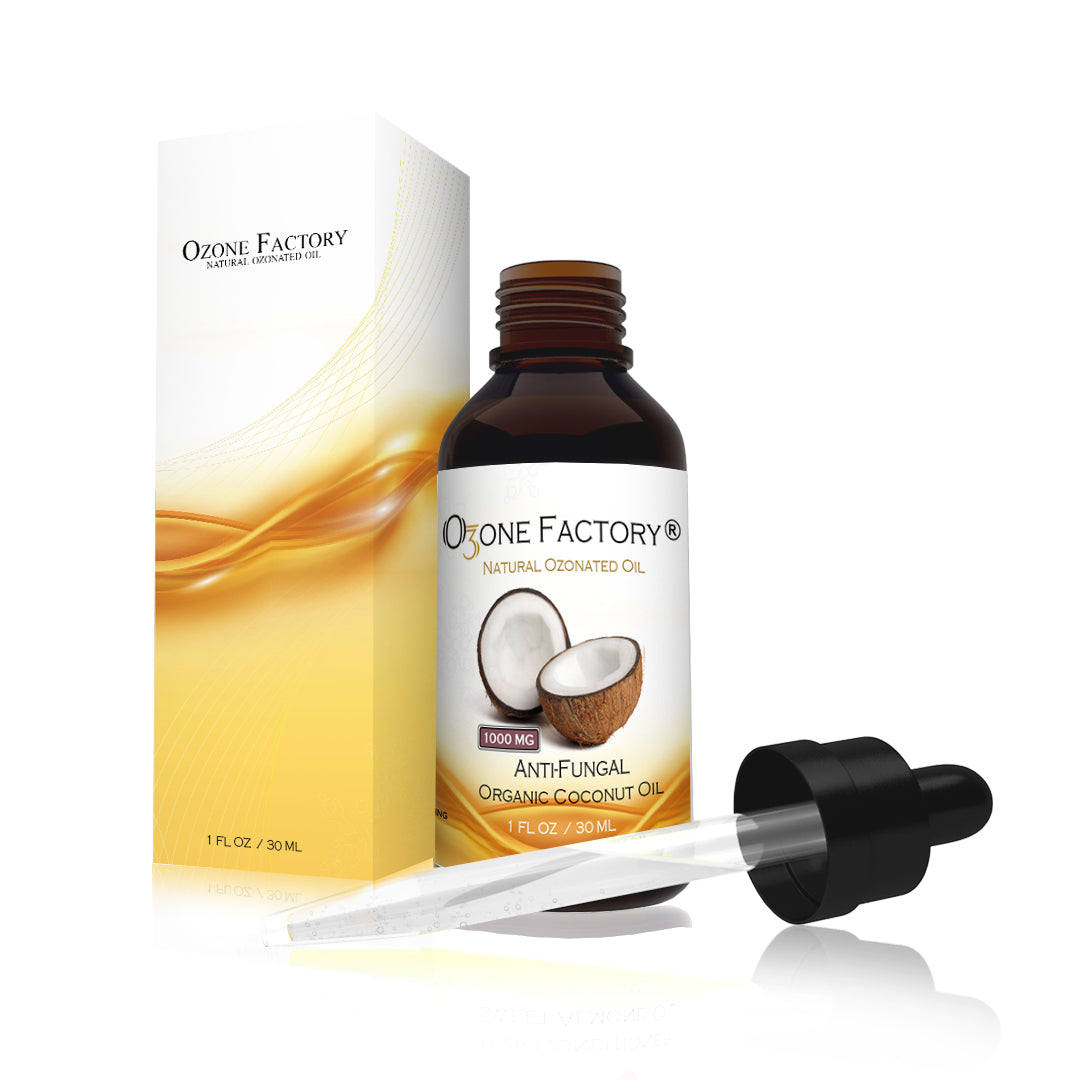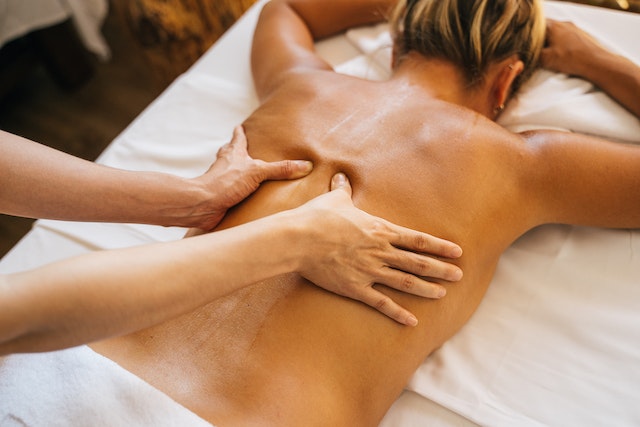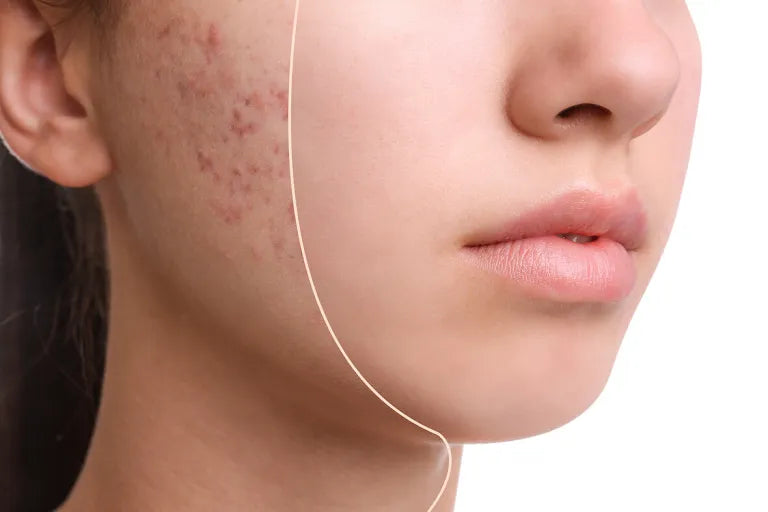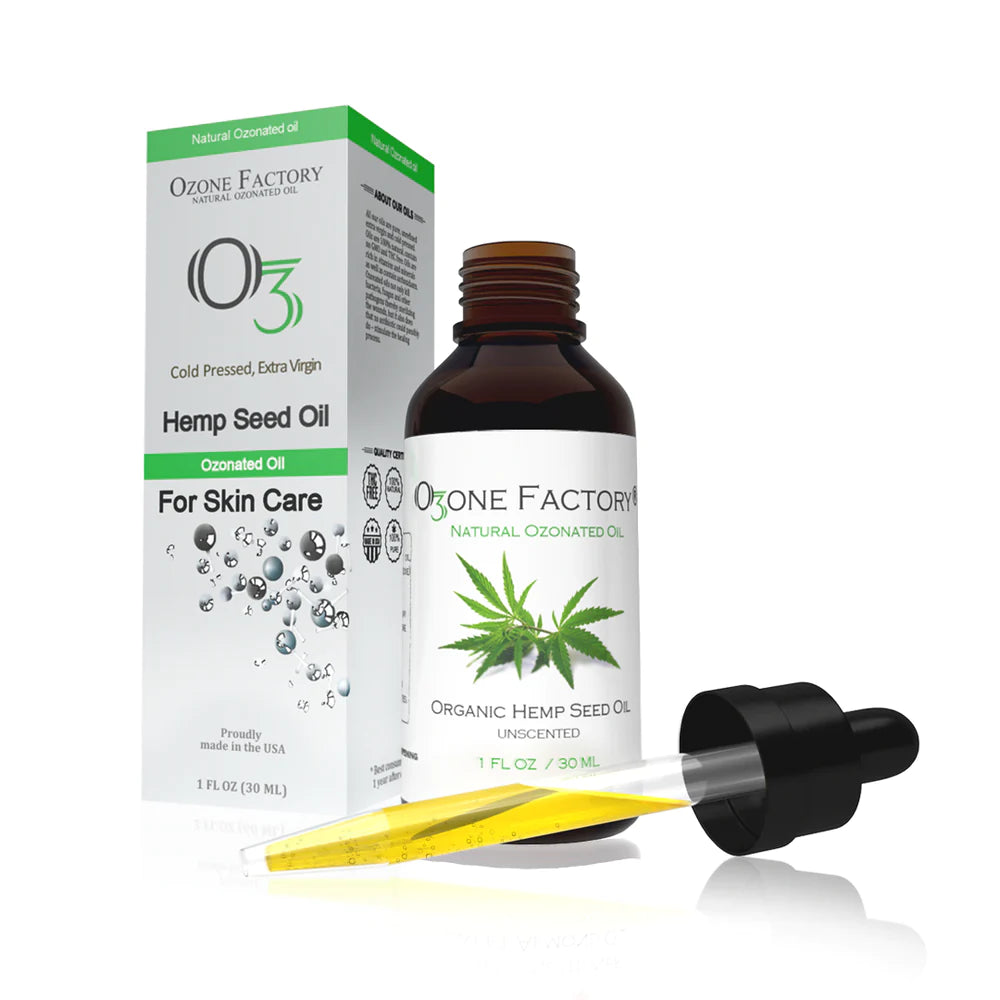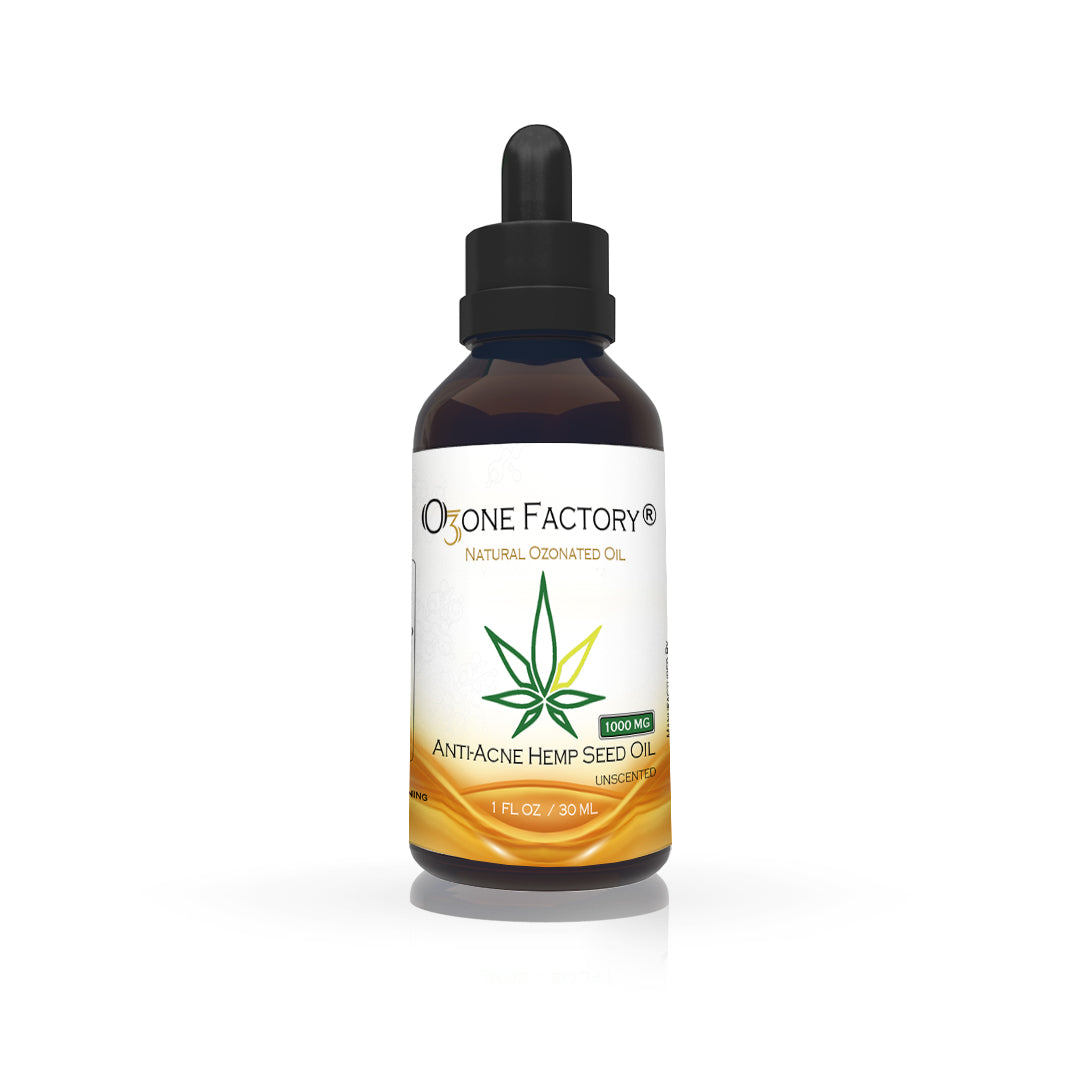
Palmoplantar pustulosis (PPP) is a chronic skin condition that primarily affects the palms of the hands and the soles of the feet. It is characterized by the presence of pustules, which are small, fluid-filled blisters, on the affected areas. These pustules may be surrounded by red, inflamed skin and can be quite painful.
The exact cause of palmoplantar pustulosis is not well understood, but it is considered a type of psoriasis. Psoriasis is a chronic autoimmune condition that leads to the rapid buildup of skin cells, resulting in thick, scaly patches. In the case of palmoplantar pustulosis, the pustules on the palms and soles are a distinctive feature.

Symptoms of palmoplantar pustulosis may include:
- Pustules on the palms and soles.
- Red, inflamed skin around the pustules.
- Pain or tenderness in the affected areas.
- Thickened, scaly skin.
- Itching.
While the exact cause of PPP is not fully understood, various treatment options are available to manage symptoms. In recent years, there has been growing interest in the use of ozonated oils as a potential complementary therapy for individuals with PPP.
Potential Mechanisms of Action
Ozone has been recognized for its ability to reduce inflammation and combat microbial infections. In the context of palmoplantar pustulosis, where inflammation and the formation of pustules are key features, ozonated oils may exert their effects in several ways:
- Anti-Inflammatory Properties: Ozone has been shown to modulate inflammatory responses. By reducing inflammation, ozonated oils may help alleviate redness, swelling, and discomfort associated with PPP.
- Antimicrobial Effects: Ozone is known for its potent antimicrobial activity. This property may be particularly beneficial in addressing the risk of secondary infections that can occur when pustules are present on the skin.
- Enhanced Oxygenation: Ozone has the ability to increase oxygen delivery to tissues. Improved oxygenation can support the healing process and contribute to the overall health of the skin affected by PPP.
Application and Usage
The application of ozonated oils in the treatment of palmoplantar pustulosis typically involves gently massaging the oil into the affected areas. The frequency of application may vary among individuals, with some opting for once or twice a day. It's crucial to follow the instructions provided by the product and, most importantly, to consult with a healthcare professional before integrating ozonated oils into the treatment plan.

Conclusion
The use of ozonated oils in the treatment of palmoplantar pustulosis is an evolving area of interest. As with any alternative therapy, it is crucial for individuals to work closely with healthcare professionals to determine the most suitable treatment options for their specific condition. As the field of dermatology continues to explore innovative approaches, ozonated oils may offer a promising avenue in the holistic management of palmoplantar pustulosis.


